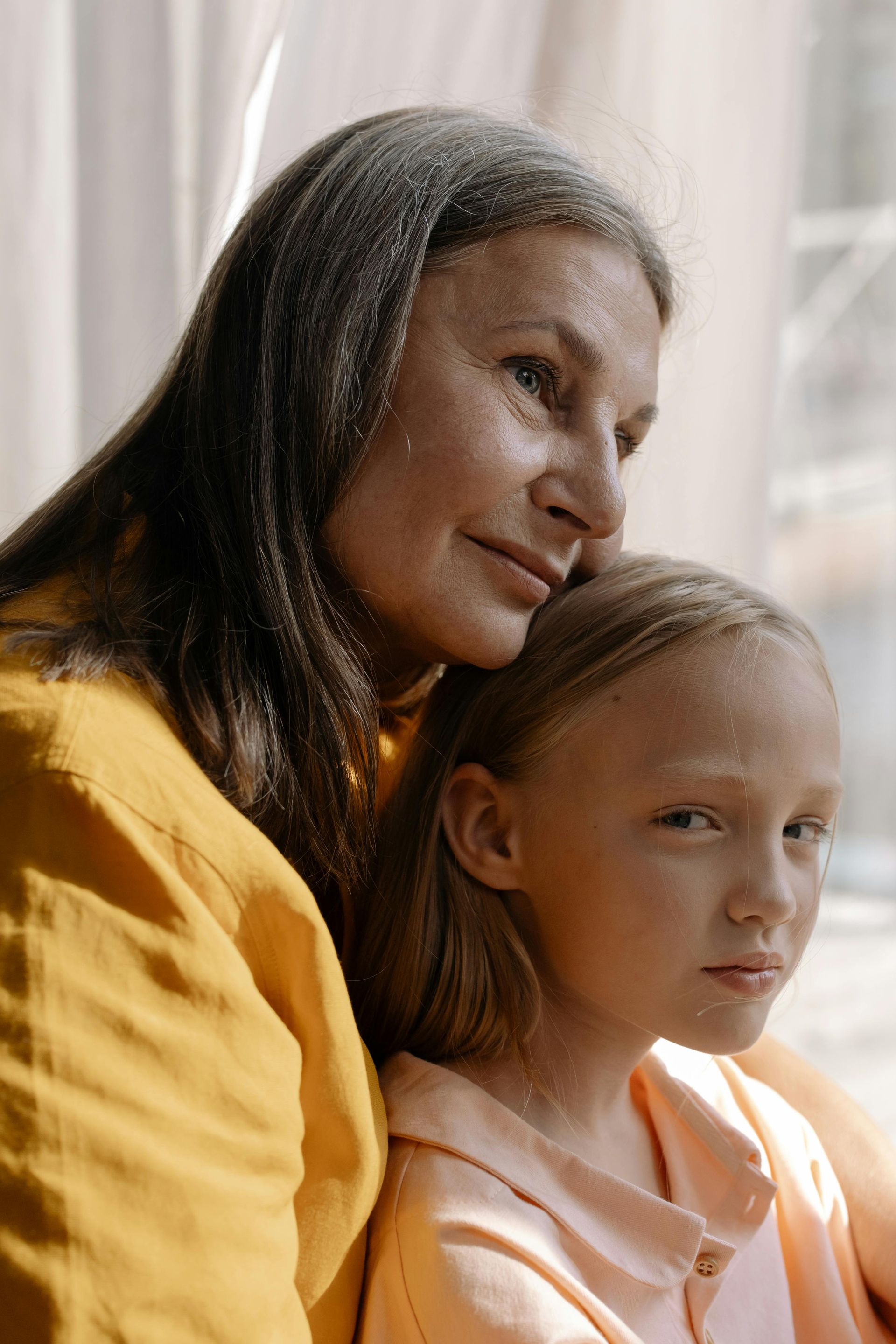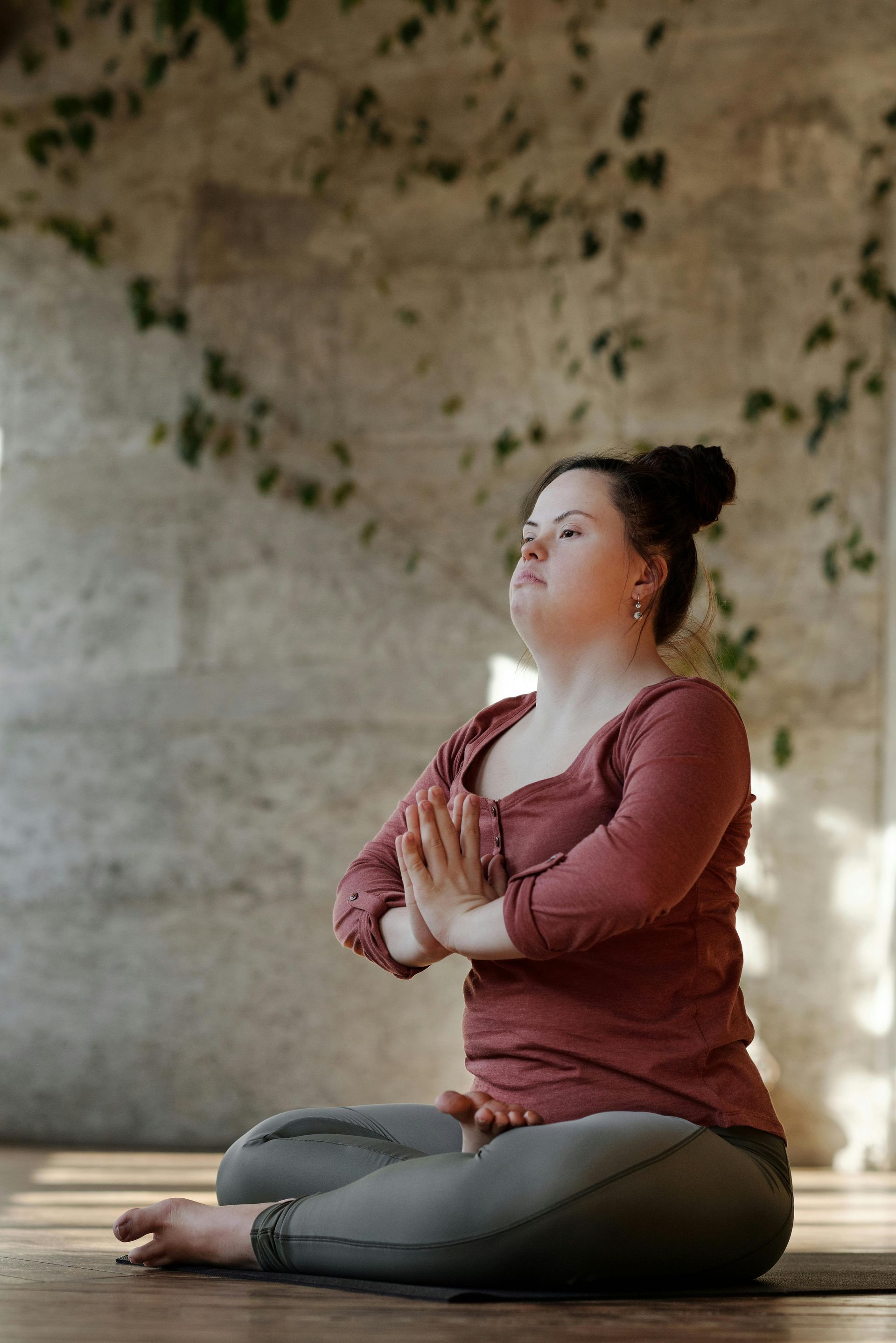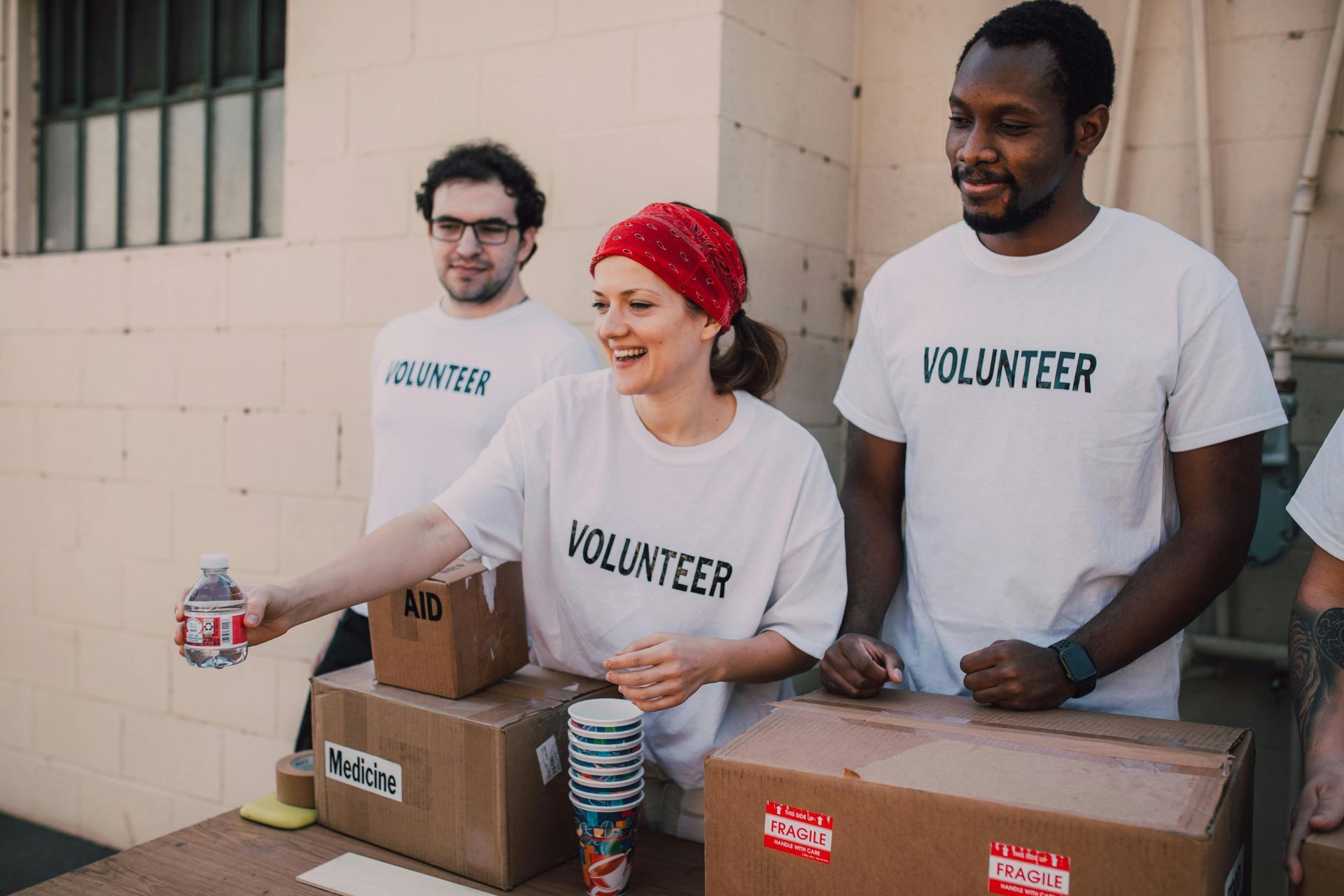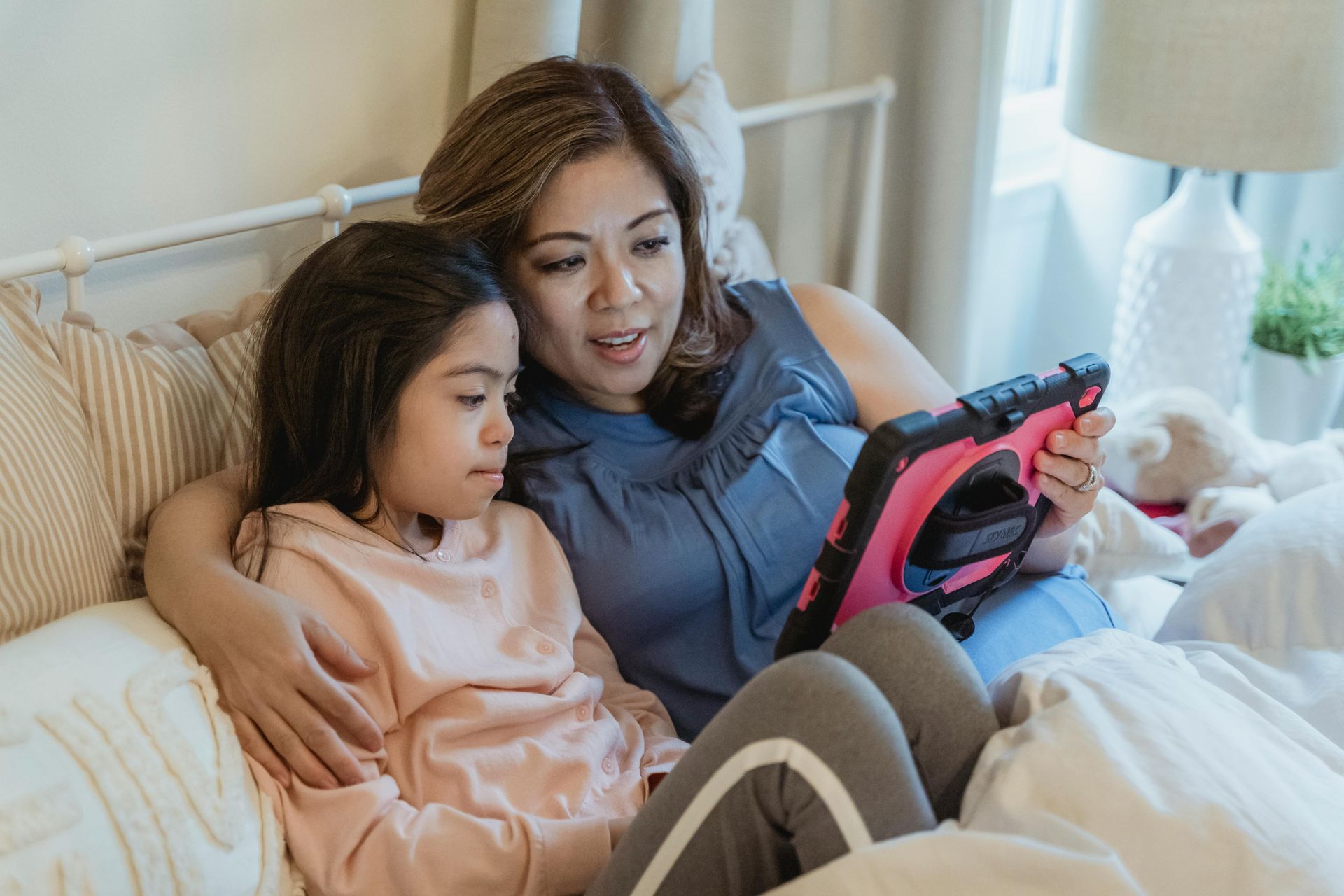Dangers of a Sedentary Lifestyle
Sources: NCHPAD / James H. Rimmer
Despite the well-established physical and emotional benefits associated with regular participation in moderate physical activity, most Americans are not getting enough of this important and life sustaining behavior to reduce their risk of various illnesses. And for the more than 50 million Americans with disabilities who are demonstrably at much greater risk for developing health problems associated with a sedentary lifestyle.
To continue reading this article, please click here > > > >








PHED Mobility LLC
55335 Corwin Road
Elkhart, IN 46514
Phone
(574) 226-4104
Please view PHED Mobility's Google reviews by clicking on the Google icon above.
PHED Mobility LLC is a Service -Connected Disabled Veteran Owned Small Business.


All Rights Reserved | PHED Mobility LLC

